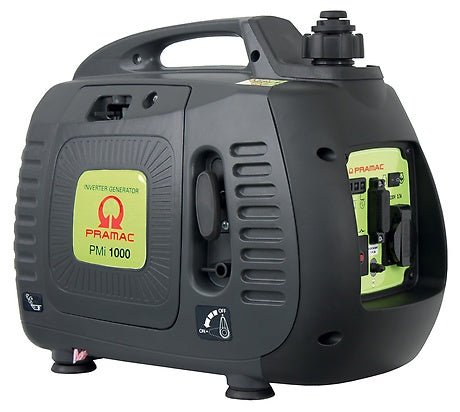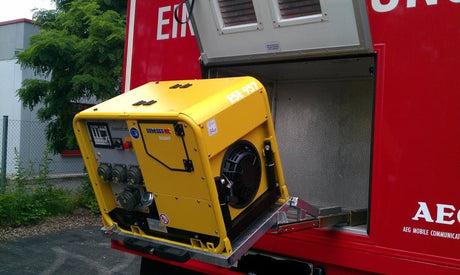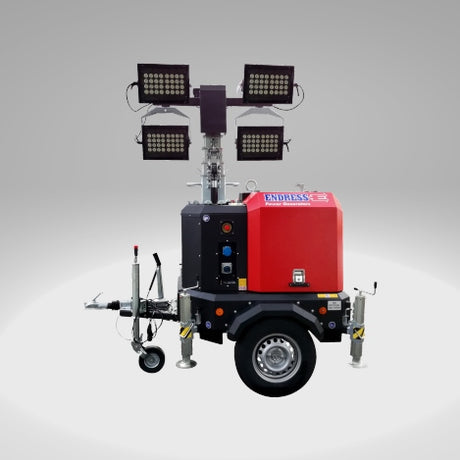Overload: When operating inductive consumers, e.g. hand tools with electric motors, high starting currents are often required. Synchronous generators can usually be overloaded up to 3 times the current in the short term.
Please do not confuse this with a permanent overload of generator sets (see PRP).
LTP (Limited Time Power) - Limited power in continuous operation according to ISO 8528-1:2005. Defined as the maximum available power under the agreed operating conditions that the generator can provide for up to 500 hours of operation per year (with no more than 300 hours of continuous operation) if the maintenance intervals and procedures as prescribed by the manufacturer are followed. There is no overload capability. The typical area of application for this is stationary emergency generators.
ESP - Emergency Standby Power: Is the maximum power available during a variable power sequence under the specified conditions that a generator set will deliver in the event of a power failure or under test conditions for up to 200 h per year can. Maintenance intervals and other tests/procedures must be carried out in accordance with the manufacturer's instructions. The average power over 24 hours of operation must not exceed 70% of the ESP power (this value depends on the engine).
PRP (Prime Power) - Performance in continuous operation according to ISO 8528-1:2005. Defined as the maximum power that a generator can produce under the agreed operating conditions in continuous operation while providing a variable electrical load for an unlimited number of hours per year, if the maintenance intervals and procedures as prescribed by the manufacturer are followed. The typical area of application for this is a power generator on a construction site. The permissible average power over 24 hours of operation must not exceed 70% of the basic power (this value depends on the engine). An overload capacity of 10% is available for a period of 1 hour within a 12 hour operating time.
COP (Continuous Power) - Base load (continuous) operation according to ISO 8528-1:2005. Defined as the maximum power that the generator can produce under the agreed operating conditions in continuous operation while providing a constant electrical load for an unlimited number of hours per year, if the maintenance intervals and procedures are followed as prescribed by the manufacturer. The typical area of application for this is a combined heat and power plant.
Underload: Power generators with combustion engines should not be operated permanently with less than 30% of PRP, as this can damage the engine and the exhaust system. If an underload occurs in the application of the power generator, we recommend installing a load resistor or interposing an energy storage device.




